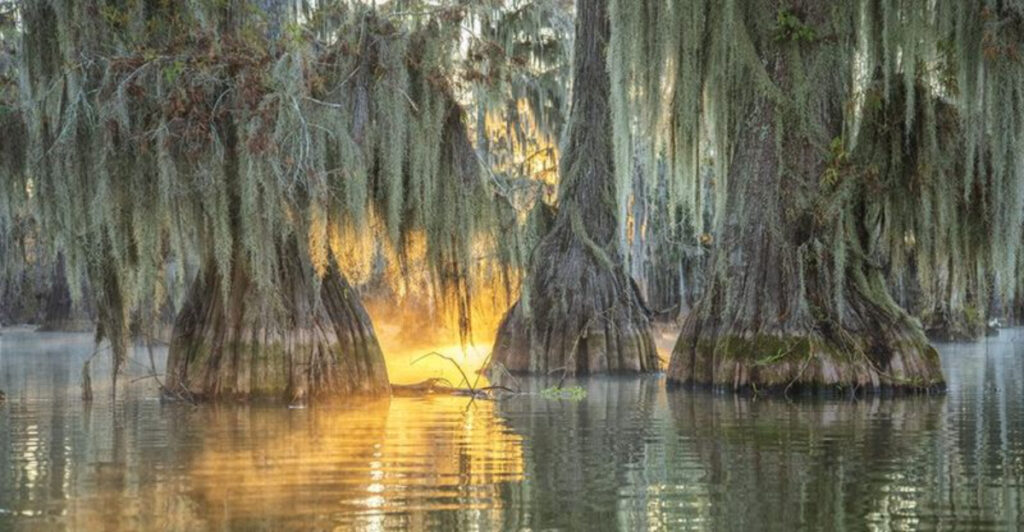Louisiana’s rich history is deeply intertwined with its plantation era, and many of these historic sites are nestled within the state’s expansive cypress swamps. These plantations, often hidden behind dense cypress forests, offer a glimpse into the past and the complex narratives of the region. Here are some notable examples:
1. Forgotten Foundations Within Cypress Canopies
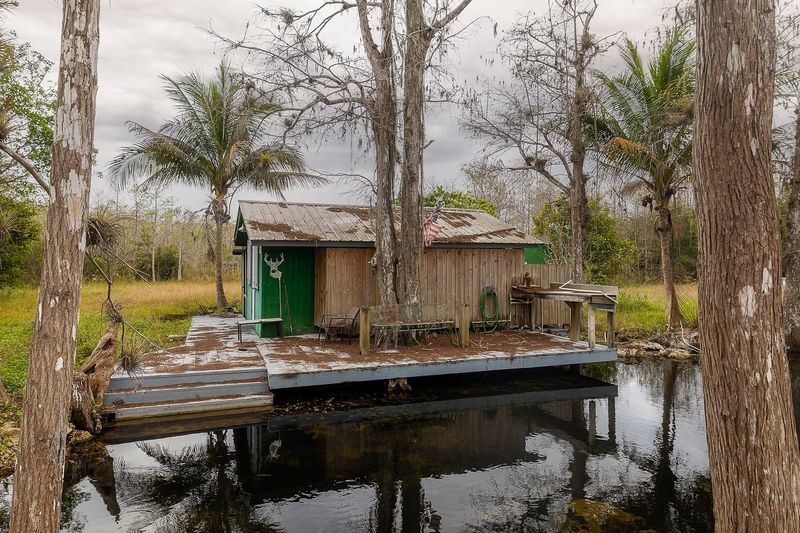
Swamp-encircled cabin sites quietly sheltered enslaved communities, maroons, and free people of color. These hidden enclaves provided refuge and formed solidarity networks. Deep within back swamp sections, they created informal economies.
These cabins were more than mere shelters; they were sanctuaries of resilience. The people who lived there nurtured community ties and supported each other. The surrounding cypress swamps further concealed their existence, adding a layer of protection.
These sites stand as silent witnesses to the tenacity of their inhabitants. The dense canopy above seemed to embrace them, preserving their stories. In this untamed wilderness, lives were lived with dignity and perseverance.
2. The Vanished Cypress Forests That Once Cradled These Grounds
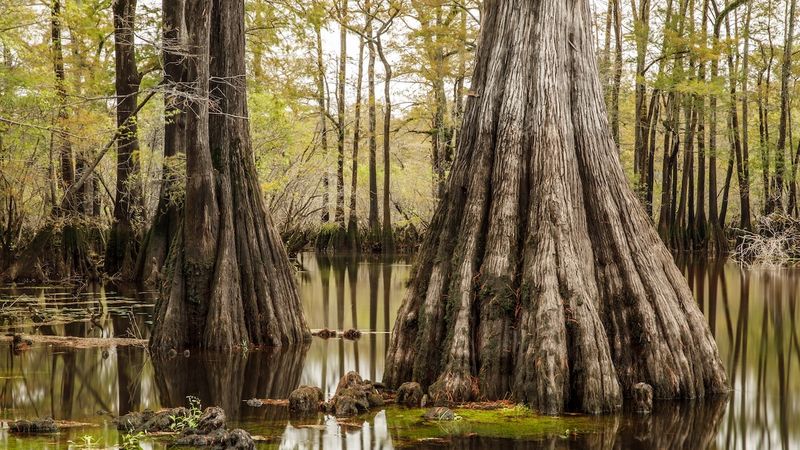
By the early 20th century, Louisiana’s ancient bald cypress forests had been nearly obliterated by industrial logging. These majestic trees once stood as sentinels over forgotten plantations.
With their disappearance, the very ground on which these plantations stood was obscured. Today, only fragments remain, leaving behind ghostly traces of history.
The loss of these forests was not just environmental; it was cultural. The cypress trees cradled stories of the past. Their destruction erased not only natural beauty but also the tangible connections to the people who once lived among them.
3. Shifting Wetlands and Concealed Ruins
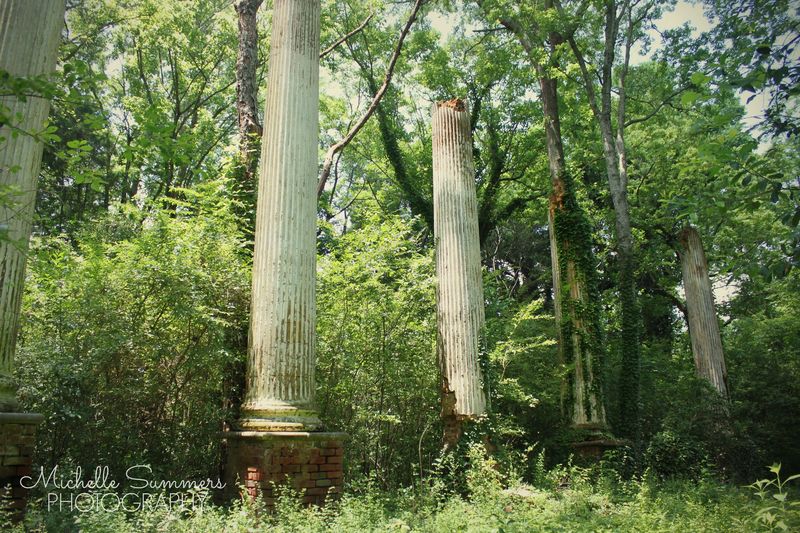
Alterations to water flows, caused by levees and navigation canals, further degraded cypress regrowth. These changes reshaped landscapes, submerging or confusing the geography.
Once-occupied plantation sites became hidden in this dynamic environment. The wetlands’ shifting nature masked the ruins beneath.
This environmental transformation tells its own story. The forces of nature and human intervention combined to erase historical footprints. Yet, these submerged ruins whisper tales of their former prominence, awaiting rediscovery.
4. Coastal Plantations Slowly Disappearing into Wilderness
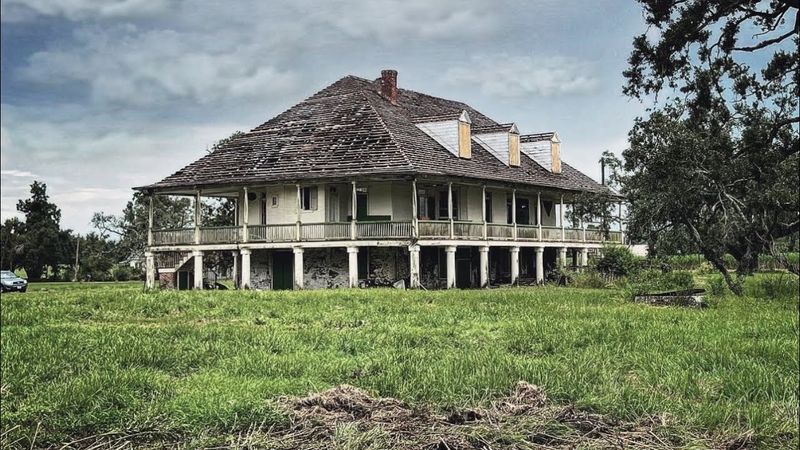
Some coastal and swamp-adjacent estates now crumble in silence. Overgrown and hidden, their grand pasts are concealed within dense greenery and muddy waters.
These plantations, once symbols of wealth and power, fade quietly into the wild. Nature reclaims them, wrapping them in a verdant shroud.
In their decay lies a poignant beauty. As they dissolve into the wilderness, they remind us of the transient nature of human achievement. The land, ever persistent, gently erases the marks of history, allowing the forest to reclaim its territory.
5. Remote Network of Back-Swamp Communities

Beyond obscured cabins, backwood areas formed critical social infrastructures. Subsistence gardens, wood gathering points, and life interwoven among enslaved and free Black communities thrived.
These networks were vital for survival. They enabled communities to sustain themselves amidst isolation. Despite their remoteness, they flourished in resilience.
The vibrant life within these swampy enclaves remains an inspiring testament to human adaptability. Hidden from oppressive systems, they nurtured creativity and independence. Their legacy endures, a quiet yet powerful reminder of ingenuity in the face of adversity.
6. Teche Country and River Road Ruins Await Exploration
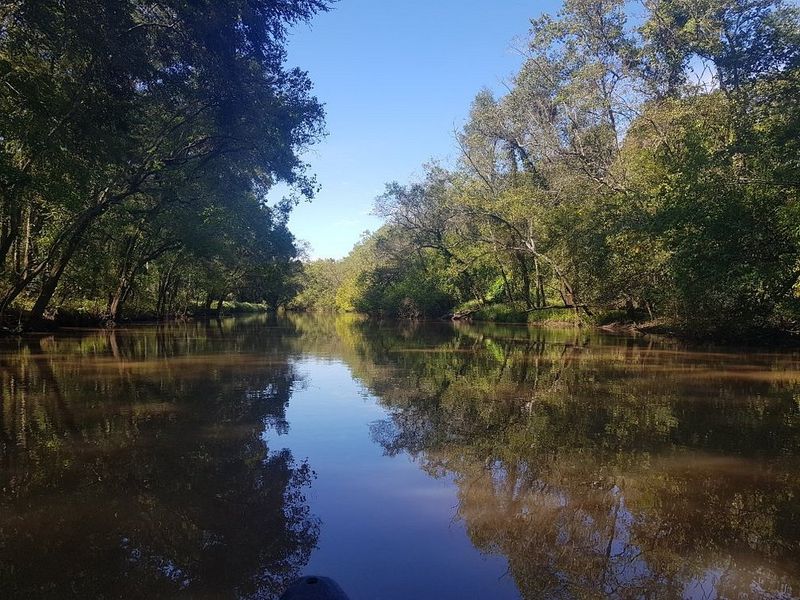
While not explicitly swamp-enshrouded, many forgotten plantations along Bayou Teche and River Road appear in explorations of hidden Louisiana ruins.
These sites beckon adventurers and historians alike. The allure of what lies beneath the surface captivates the imagination.
As explorers tread these historic paths, they uncover stories waiting to be told. Each ruin, a fragment of the past, reveals layers of history. In the echoes of time, they find whispers of bygone eras, urging further discovery.
7. Acadia Plantation—Lost To Modern Development

Once a landmark south of Bayou Lafourche, Acadia Plantation was demolished and replaced by suburban sprawl. Its visible traces have vanished, consumed by modernity.
Where grand halls once stood, shopping centers and homes now arise. The relentless march of development erased its past.
Yet, beneath the concrete, the land remembers. Echoes of its storied history persist in the soil. Acadia’s tale is a cautionary one, highlighting the fragile balance between progress and preservation.
8. Joyce Wildlife Management Area—Swamp Without Structural Traces
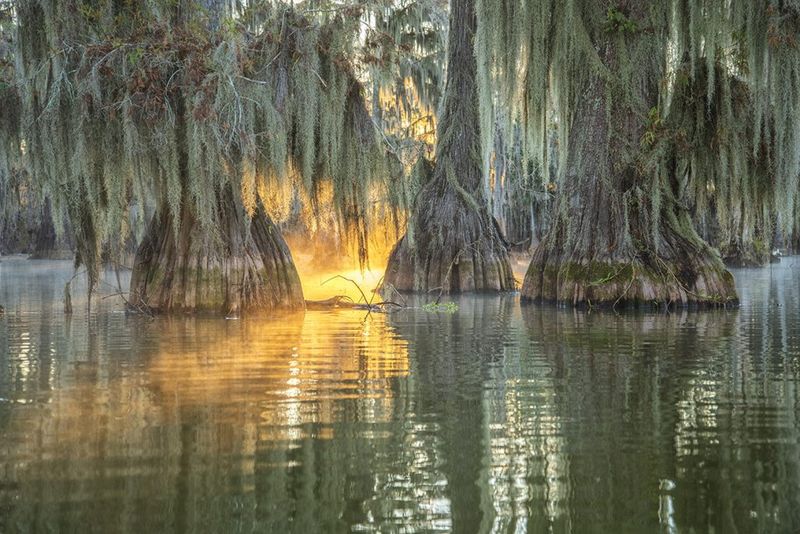
Roughly 27,000 acres of swamp northwest of New Orleans, now wildlife conservation land, may quietly hold archaeological remnants of plantation activity.
The area teems with wildlife, offering refuge and sustenance. Its dense vegetation may conceal relics, waiting to be uncovered.
This untouched wilderness invites curiosity. As naturalists explore its depths, the possibility of discovering hidden artifacts lingers. Joyce Wildlife Management Area stands as a testament to nature’s resilience, guarding its secrets closely.
9. Melrose Plantation—A Rarely Forgotten Story
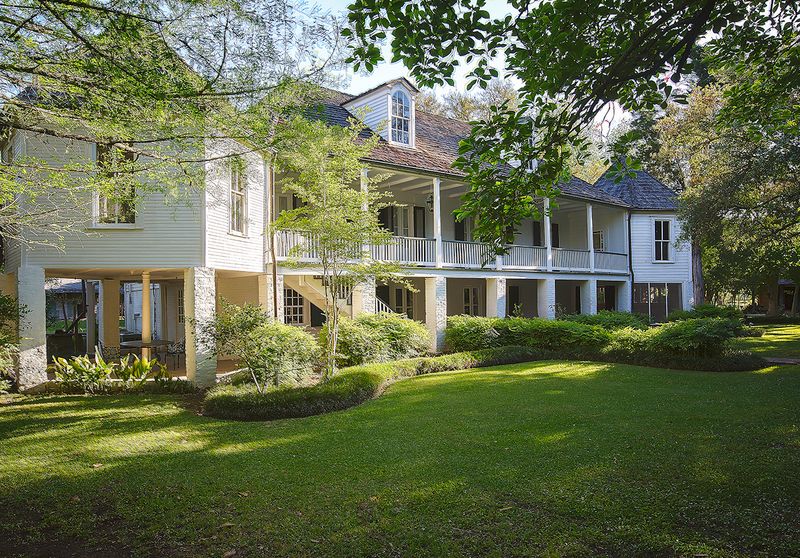
Melrose Plantation near Natchitoches offers a remarkable narrative. Built and maintained by free people of color, it stands preserved on the African American Heritage Trail.
Unlike many, its story resists erasure. The plantation’s vibrant history is celebrated, showcasing its cultural significance.
Visitors walk among its buildings, feeling the legacy of its founders. Melrose serves as a beacon, highlighting the stories of those who defied the odds and forged their own paths in history.
10. Cane River Creole National Historical Park—Preserved Integrity
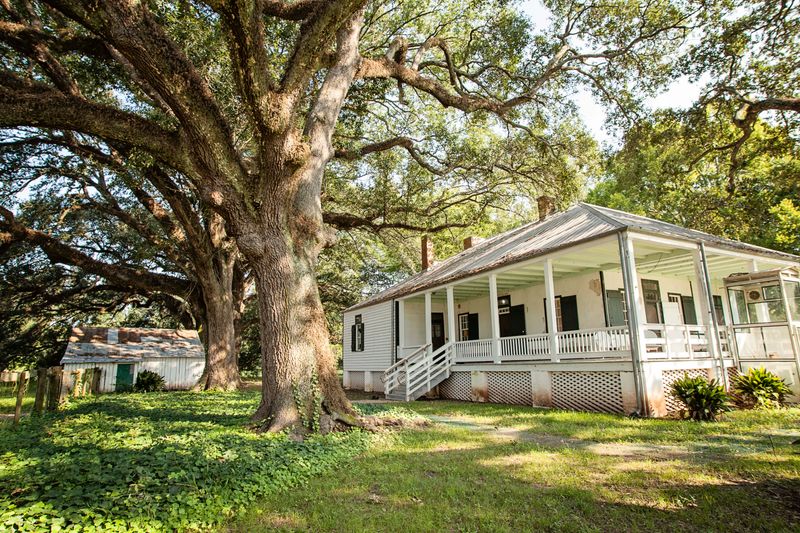
This park protects two intact French Creole cotton plantations and their outbuildings. These stories remain clear and contrasting against those lost to swampy obscurity.
Visitors can explore the well-preserved structures, immersing themselves in the past. This preservation offers clarity, showcasing a different perspective.
Here, the history is tangible, inviting exploration. The park stands as a testament to the importance of safeguarding cultural heritage. It provides a window into the past, where history and present coexist.

